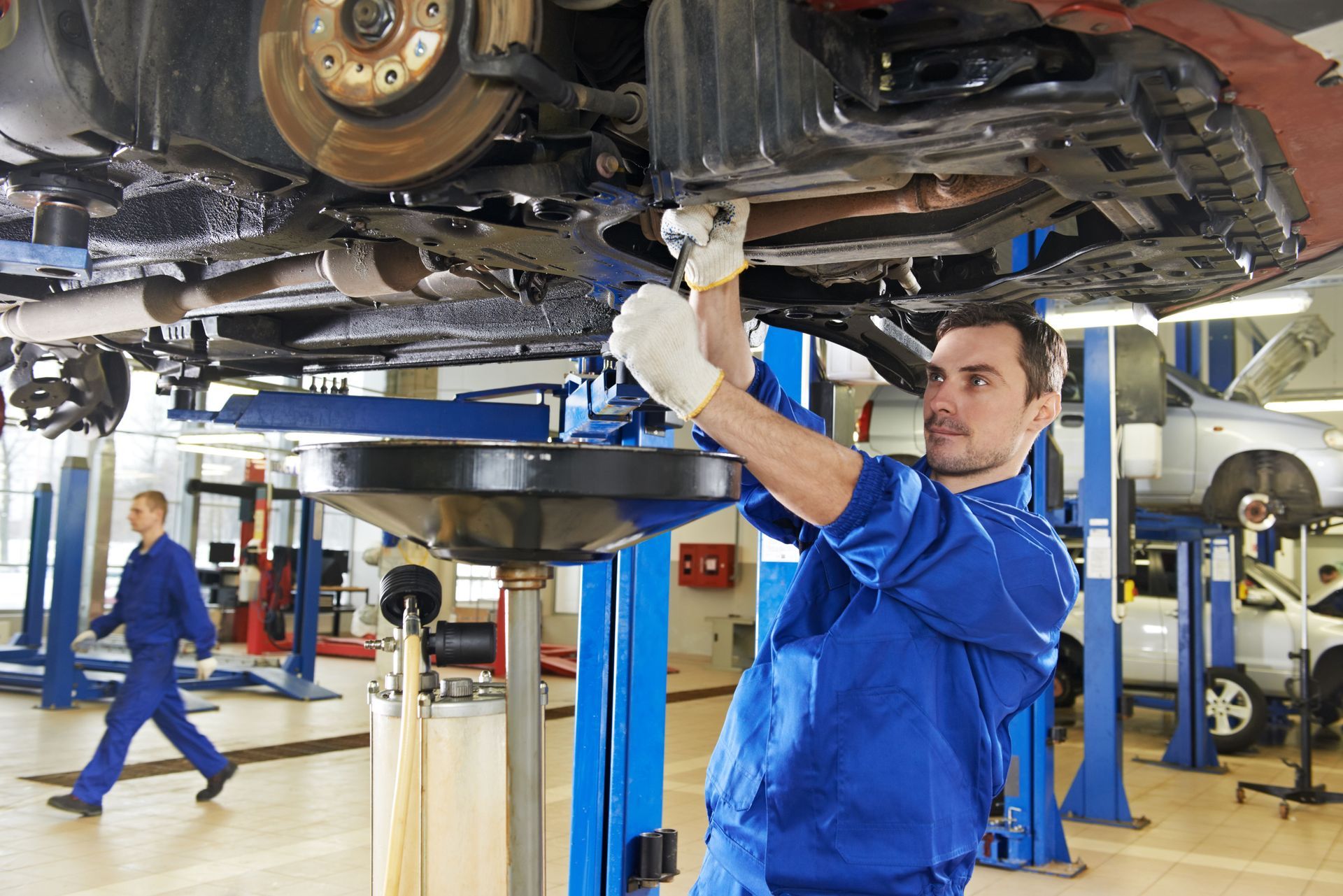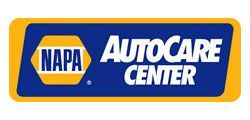November 20, 2025
This article explores the implications of owning a vehicle that's part of the aging automobiles; those that are 12 years or older. We'll examine the impact on safety, maintenance, technological advancements, environmental concerns, value depreciation, and how to extend the lifespan of these vehicles effectively. Understanding these aspects will inform better decisions for car owners of older models and highlight the importance of regular auto repair and upkeep.
Understanding the Aging Fleet
In the modern automotive landscape, the age of vehicles on the road has increasingly become a topic of interest and concern. With technological advances and increasing durability, cars are being kept on the road longer than ever before. According to ZipDo, the average age of vehicles on U.S. roads is about 12 years, marking an unprecedented shift that highlights the durability and lifespan of modern vehicles. This trend reflects both improvements in vehicle engineering and shifts in consumer behavior, where many choose to maintain rather than replace their automobiles. Regular auto repair services play a crucial role in this trend, ensuring older cars remain reliable and roadworthy through consistent care and preventive maintenance.
Several factors contribute to why many vehicles remain in use well beyond 12 years. Firstly, economic considerations play a significant role; purchasing a new vehicle represents a considerable investment, and not all car owners are in a financial position to make such a commitment frequently. Additionally, the quality and reliability of cars have improved dramatically over the years, allowing older models to continue running efficiently with proper maintenance. Cultural attitudes and personal preferences also play a role, as some people develop attachments to their cars or find it difficult to justify replacing something that still serves its purpose. Lastly, increasing environmental awareness has encouraged many to keep and maintain their older vehicles to avoid the environmental cost of producing new ones- an effort often supported by trusted auto repair professionals who help maximize vehicle lifespan.
The rise in vehicle longevity is a testament to advancements in automotive technology and the efforts toward sustainable development. According to industry reports, the average vehicle age has steadily increased over the past two decades, with the current average being over 12 years. This trend is influenced by both the improved reliability of new vehicles and changing consumer preferences towards preserving rather than discarding. Vehicle maintenance practices have also improved, allowing owners to extend the life of their cars significantly. These trends suggest a shift towards more sustainable consumer habits, prioritizing long-term reliability over frequent upgrades; something the auto repair industry continues to support through innovation and expertise.
Safety Concerns for Older Vehicles
Older vehicles, while reliable for their age, often lag in terms of safety features compared to their modern counterparts. The absence of features such as advanced airbag systems, electronic stability controls, and modern braking systems presents significant safety risks on today's roads. As vehicle technology evolves, these enhancements have become standard, significantly reducing the risk of accidents and injury. Therefore, owners of older vehicles face an increased risk to safety, emphasizing the importance of careful driving and regular maintenance checks. Retrofitting certain safety features, though potentially costly, can help mitigate some of these risks and bring older vehicles closer to modern safety standards. Working with an experienced auto repair technician can ensure these upgrades are installed properly and safely.
As vehicles age, they become more susceptible to mechanical issues and failures. Common problems often include engine wear, transmission issues, and problems with the suspension system due to years of use. While these failures are not indicative of poor craftsmanship, they result from the natural wear and tear that comes with time and mileage. Regular inspections and preventive maintenance through a qualified auto repair shop are crucial to identifying potential problems before they become severe, ensuring the vehicle remains safe to drive. Addressing these issues promptly can also prevent more costly repairs in the future and extend the usable life of the car.
Maintenance Challenges and Costs
Maintenance challenges are a significant consideration for owners of older vehicles, influenced by factors such as age, usage, and previous care levels. As vehicles age, the frequency of required maintenance and major repairs tends to increase. Components subjected to wear, such as the engine, transmission, and suspension, often need attention to ensure continued operability. Regular inspections help to identify issues early, though balancing the cost of frequent repairs against the value of an old vehicle can sometimes pose challenges. Proper planning and budgeting for these eventualities are essential for maintaining vehicle longevity and reliability through consistent auto repair efforts.
The decision to keep an older vehicle on the road often hinges on a careful consideration of associated costs. Continued maintenance and the occasional need for major repairs can be financially taxing, especially if the vehicle's market value does not justify extensive investment. However, repairing an older car can still be more cost-effective than purchasing a new one, especially if the vehicle is already paid off. Cost-efficient options like sourcing secondhand parts or performing certain repairs can help manage expenses. Ultimately, owners must weigh the cost of ongoing repairs against potential savings and personal attachment to the vehicle.
Environmental Impact of Older Cars
One of the primary environmental concerns with older vehicles is reduced efficiency and increased emissions compared to newer models. Over time, engines and exhaust systems may become less effective, leading to increased fuel consumption and emission of harmful substances. This not only affects air quality but also raises questions about the environmental sustainability of keeping older cars on the road. Addressing these issues requires regular maintenance to optimize fuel efficiency and possibly retrofitting with modern emission-control technologies. Many auto repair specialists now focus on eco-friendly maintenance practices that reduce emissions and improve fuel economy, helping drivers minimize their environmental impact.
Regulatory measures play a critical role in shaping the environmental impact of older vehicles by enforcing standards that influence their operation and viability. Emission standards and safety regulations differ significantly between regions, affecting the compliance and continued use of aging cars. In some areas, older cars may be subject to additional inspections or restrictions, limiting their usability without the necessary environmental upgrades. Owners must stay informed about local and national regulations to ensure they are meeting required standards and avoid penalties. Navigating these regulatory landscapes involves a balance between adherence, cost, and vehicle viability.
Financial Implications and Depreciation
Depreciation is a fundamental aspect of vehicle ownership, notably influencing the value of cars as they age. Vehicles typically face rapid depreciation in the initial years but see a gradual leveling off as they reach and exceed the 12-year mark. This pattern implies that while older cars maintain more stable value compared to newer vehicles, their resale prospects are comparatively diminished. Consequently, vehicle owners must navigate the intersection of depreciation, maintenance costs, and resale value to make informed financial decisions. Understanding these trends will facilitate strategic decisions about vehicle retention, upgrading, or transitioning altogether.
The resale value of older vehicles is intrinsically linked to several factors, including age, condition, and market demand. While vintage cars may attract collectors, the vast majority of older vehicles see a marked reduction in resale value due to wear, technology obsolescence, and emissions standards. Owners must therefore be prepared for lower offers and consider the timing of potential sales to optimize value. Maintaining comprehensive service records, minimizing wear, and enhancing curb appeal can aid in obtaining the best possible resale value. Partnering with a reputable auto repair provider ensures your vehicle stays in peak condition and retains as much value as possible.
Owning an aging vehicle presents both challenges and opportunities, especially when it comes to maintaining performance, safety, and reliability over time. Regular auto repair and preventive maintenance are essential to keeping older vehicles efficient and safe on the road. With the right care, even high-mileage cars can deliver years of dependable performance while supporting environmental sustainability through reduced waste. Whether you need ongoing maintenance, diagnostics, or major repairs, partnering with a skilled auto repair team ensures long-term satisfaction and peace of mind. For more information about the services that we offer, reach out to our incredible team at Pine Hill Service Station today!



